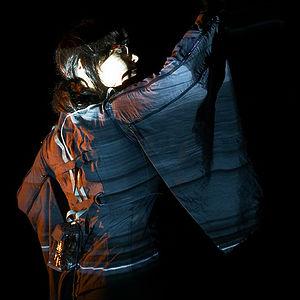The scheme is open to recipients of the National Arts Education Awards, with each project receiving up to S$20,000 over two years.
Head of the aesthetics department at Paya Lebar Methodist Girls’ Secondary School (PLMGSS), Adeline Loh, puts it simply: “I think our kids must be exposed to culture. I think that is part and parcel of being human, and it develops the soul.”
Students at PLMGSS are immersed in the ceaseless sounds of music. Of course there are the customary lunchtime concerts, but there is so much more, beginning with music played during daily assembly time and through the morning reading sessions. And it’s not only music that gets a gig, the approach applies to the visual arts that are displayed in a high rotation along corridors and vertical surfaces at eye height.
Paya Lebar Methodist Girls’ Secondary School is one of 83 recipients of the revised National Arts Education Award organised by the National Arts Council.
Spark recipients can show clear structures and programs in arts education that have demonstrably developed students’ interest in at least two art forms. Glow recipients can show holistic planning that creates a vibrant arts culture; and Blaze recipients go one step further by proving themselves leaders that can help and guide other schools to develop richer arts programs of their own and are visibly active in the arts in their own communities.
The fundamental change is to eliminate the element of competition to encourage schools to plan and develop their own arts at their own pace with the critical emphasis on increased participation to engage more and more students.
Naturally, as a Blaze recipient, PLMGSS holds regular public performances in its local constituency. It is also acts as a model and a mentor to work with teachers and students from other schools as a designated regional centre of excellence for the creative arts. It proves itself over and over again in the public gaze and to its peers. It is constantly tested and challenged to improve.
Previously, award winners were given cash prizes, but now the cash prizes have been removed and schools have to apply separately for a grant.
Ang Mo Kio Secondary School received the maximum allocation of S$20,000 to help pay for its biennial production, NOMAD (Night of Music and Dance), which as a matter of course features all Secondary 1 and 2 students. Principal Abdul Mannan Mohd Ibrahim said production costs tend to range between S$60,000 and S$100,000. That’s a big investment in its students’ abilities and capacities. The school advisory board chips in too, as does the local Community Development Council. The money is not seen as a form of pressure, it is seen as a sign of faith. The students know what they have to do and know that they can do it.
For Mr Abdul it is money well spent. He said,”We found that the students have become a lot more confident, even the students who were very timid. After one-and-a-half years of training, they really blossomed. They are confident enough to put up a show in front of everybody and that’s very gratifying from our point of view.”





